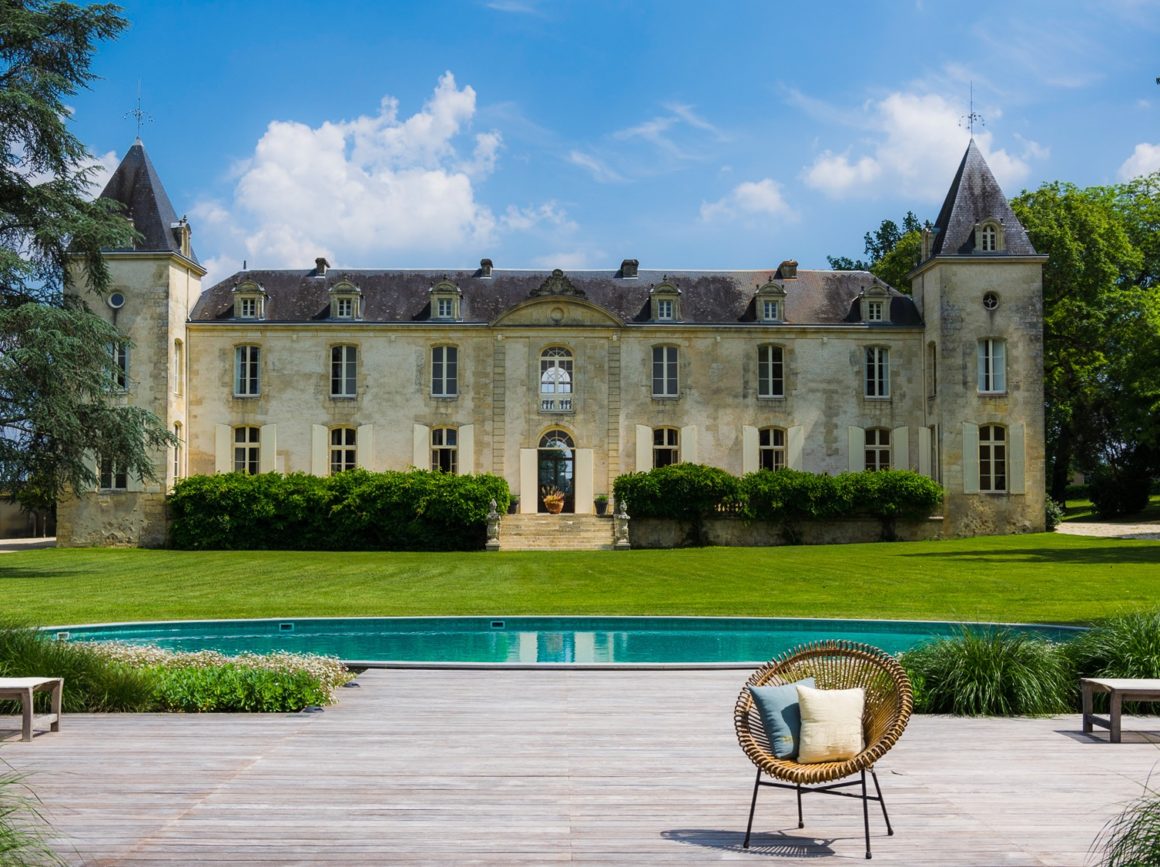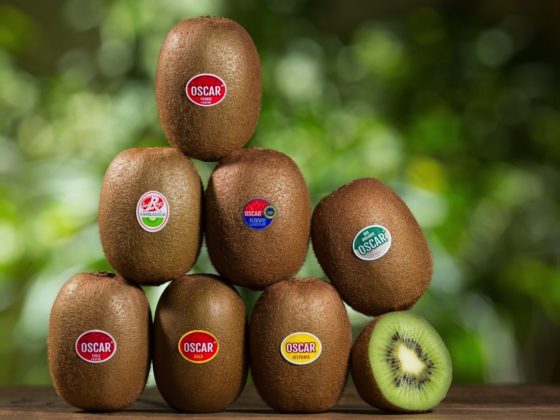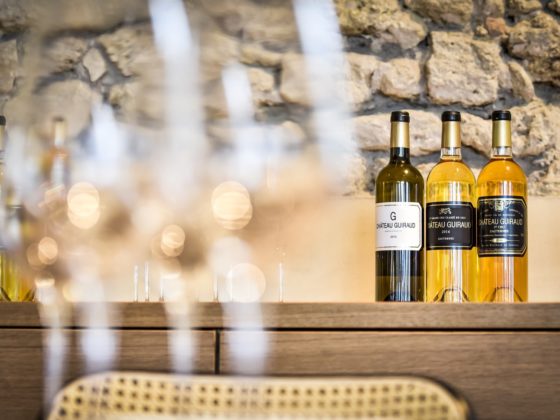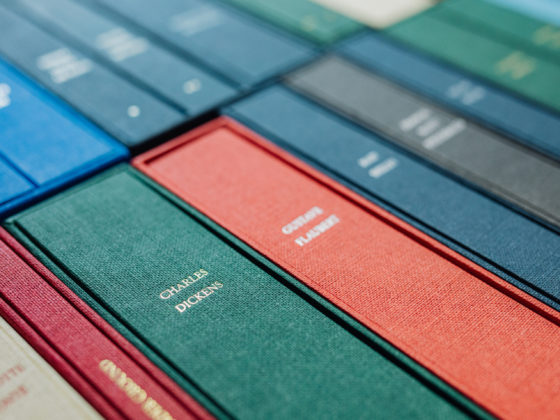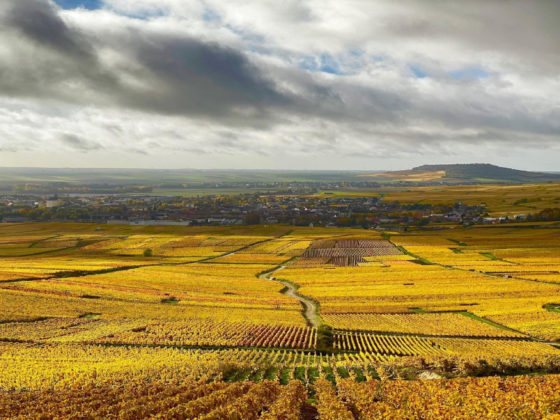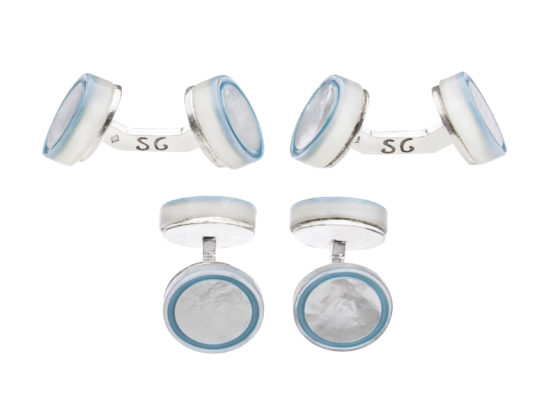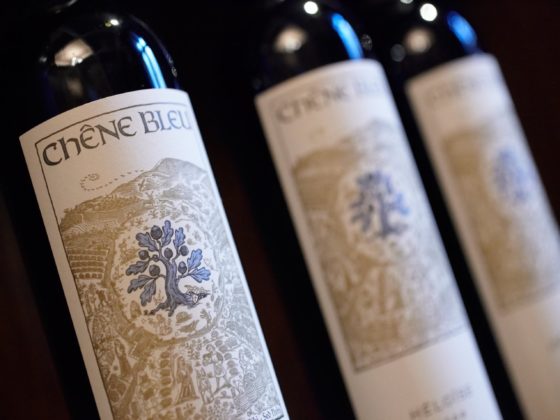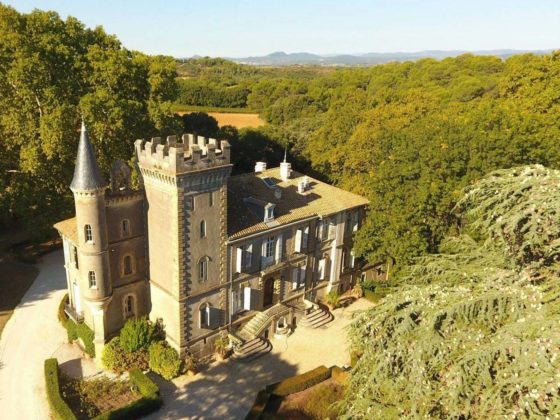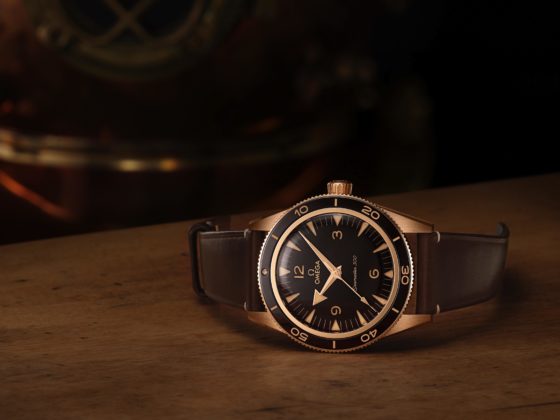80 km south-east of Bordeaux, between the Dordogne to the north and the Gironde to the south, there is an estate whose unique terroir makes the region sparkle. A Bordeaux Supérieur of such beautiful character that it now plays in the court of the greatest. This is the atypical and extraordinary story of the ruby of the Entre-deux-mers wines: Château Reignac.
By François Tauriac
Since he was old enough to be passionate, Yves Vatelot has been a dream hunter. A trapper of ambition. And as he always knew how to combine talent with luck, hard work with an overflowing imagination, he quickly became very successful. This is why, when this genius jack-of-all-trades set out to acquire a vineyard in 1989, in order to finally realize his youthful dream, Yves Vatelot practiced what had made him successful until then in many other fields. Analysis and reflection. First, he surrounds himself with the best. A notary specialized in vineyards in Bordeaux. And of course Michel Roland, the king of oenologists. Then he starts hunting with his shock duo and begins to scour the vineyards. It sifts through the two banks of the Bordeaux region. Graves, Médoc, Margaux… There is no lack of offers. But it is when he discovers the domain of Reignac, not far from Saint-Loubès, that the heart of Vatelot does not make but a turn. “The place was prodigious, the château magical,” he recalls almost emotionally, “and I understood very quickly, thanks to Michel, that the terroir of that vineyard was also exceptional.”

The location seems unique in every way. It is located at the top of a hill, at the confluence of the Entre-deux-mers. It therefore combines the qualities of the soils of the right and left banks. The chalky clay of Saint-Émilion, the gravelly clay of the Médoc. This is exceptional. Rare and singular. To top it all off, it combines the diversity of microclimates with a mild oceanic climate. Yves is excited. He buys the property. And always faithful to his precepts, he surrounds himself with the best and uses his logic and curiosity to reorganize the vineyard. “We knew the potential was there. The 1926 and 1952 vintages had been described as exceptional, but the management of production was erratic, to say the least, and therefore remained to be reorganized.”
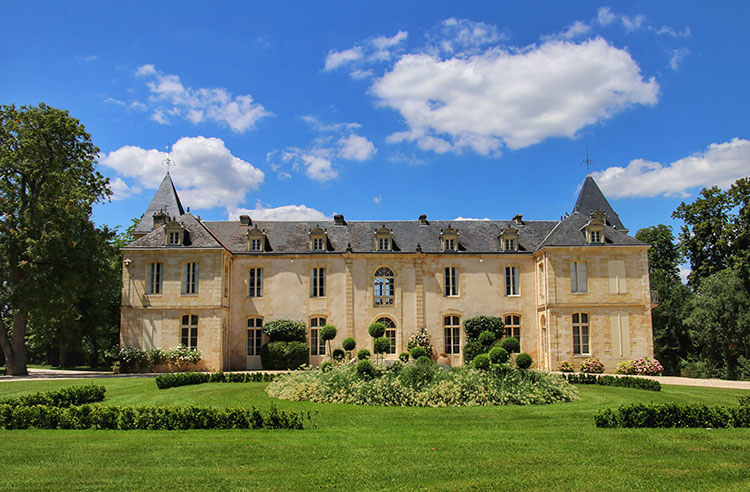
Vatelot is a hardliner. He decided to live in the house with his family and began restoring the building, which was built in 1697 on an ancient fortress from the 14th century. On the vineyard side, he rationalized the grape varieties, sometimes mixed, and replanted 30 hectares of the existing 134. He finally renovated the old cellars and even invented a barrel fermentation process that he patented. Finally, it brings the domain into an environmental approach of reasoned agriculture. But that’s not all. In Reignac, we also change the way we harvest by sorting and optimizing. We pass in manual and in racks from 6 to 8 kilos maximum of grapes. This way, the berries are preserved intact and oxidation is avoided. There are 16 people to remove any plant particles. A lake was even dug upstream to protect the vines from spring frost. And we create a Phytobac and a treatment station in order to better valorize the viticultural effluents by bamboo remediation (a system existing only in two properties in Gironde).
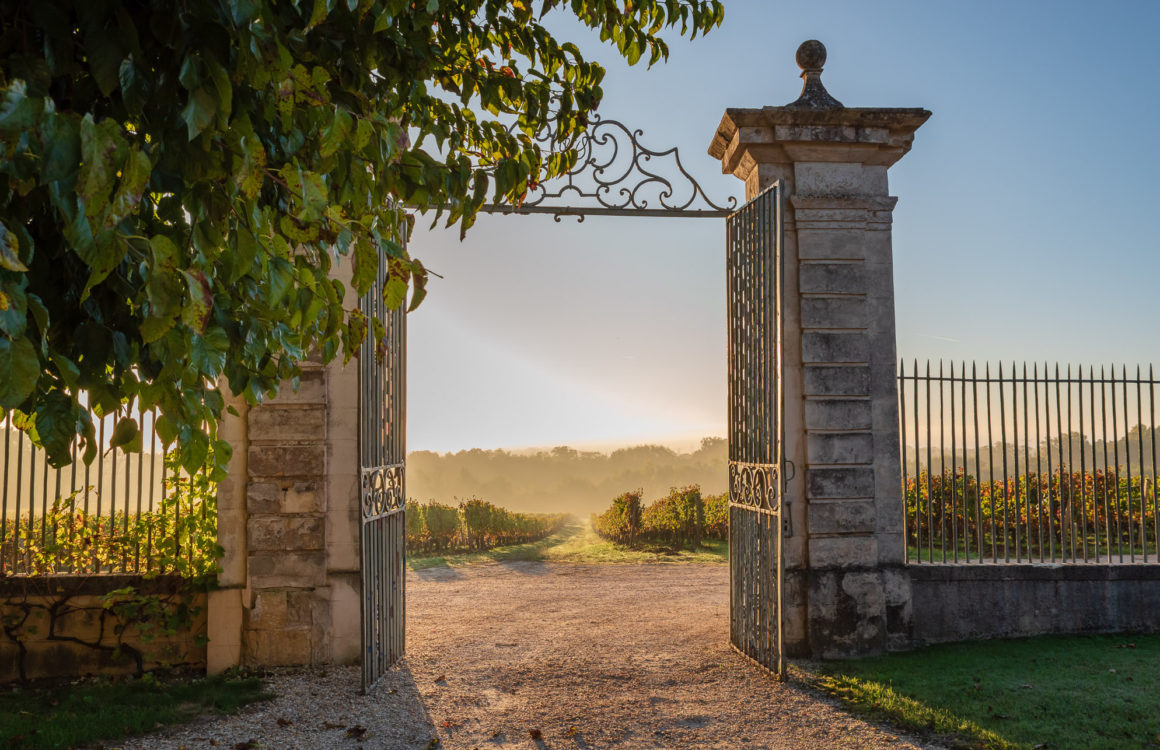
Finally, we are gradually abandoning weed control. We switch to mechanized work under the rows of vines. Flax, mustard or forage turnip are even sown in some plots to naturally fertilize the soil. Nothing is too good to celebrate the terroir. And Vatelot also works with the Cousinié team. By analyzing the soil and using natural products, unique in the wine world, a real alternative to conventional methods. As a result, he released an exceptional vintage in 1996 and received a score of 90 from the famous Parker Guide. “Incredibly,” even Robert Parker says, “by maintaining low yields of classified growths: 35 hectoliters per hectare and with the use of high quality French oak barrels, Mr. Vatelot manages to produce a wine that far outperforms its appellation.”

This is the first time in the region that a Bordeaux Supérieur has won this award. But this is not enough for Vatelot. He is not only a wine lover. He is also a genius scorer. A Midas of the trade. He proved it when he launched the first female depilatory Silk’épil a few years earlier, eventually selling millions of units, and then selling the brand outright to Braun. “I was certain of the qualities of my terroir, and the qualities of my wine. So I wanted to take it to the next level,” he says. The European Grand Jury regularly ranks it at the top of its tasting of the 200 Grands Crus Classés, using its vintage as a “pirate wine” to give the impression of being a pirate. But the tasters do not believe in its quality over time. So Vatelot had the idea of organizing a blind tasting – the only recognized one capable of chasing away label drinkers – with 10-year-old wines. But duly managed by a bailiff, so that the results remain indisputable. And there, sifted by a prestigious college of international oenologists, Reignac comes out on top of the competition alongside Laffitte Rothschild, Latour and Pétrus!
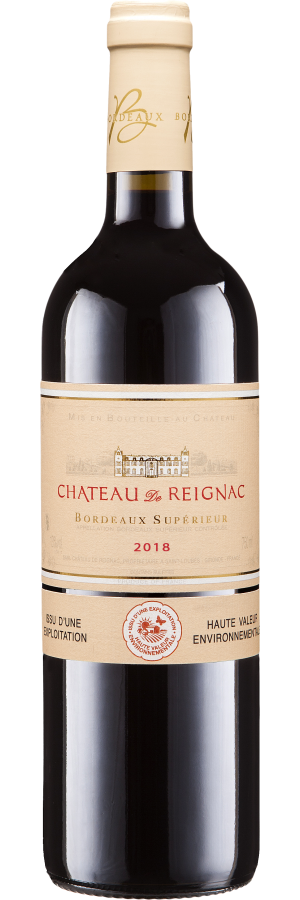
The news made the effect of a bomb in the landerneau. A pomegranate in the vineyard. However, it does not shake the institution of the 1855 grands crus classés, inflexible, which refuses to take into consideration the incredible evidence. This refusal does not prevent Yves Vatelot from selling 360 000 bottles per year. In France of course, thanks to a loyal partnership with the Leclerc centers. But also in forty other countries in the world. The estate also makes an excellent white wine and especially the Balthus, an exceptional vintage, 100% Merlot, which has won even more awards than its big brother: 92 from Parker! There are 22 people working full time on the property. And the château has already been awarded the wine tourism label three times thanks, among other things, to a blind tasting tower, unique in the world, located in one of the two 16th century dovecotes. So what more can you dream of, when you have won the incredible challenge of taking your elixir to the top? “Perhaps a small regret, that of not having been able to get my wine into the Grands Crus Classés classification. It deserves it”, sighs Vatelot. But isn’t popular success ultimately the highest stage of recognition?


